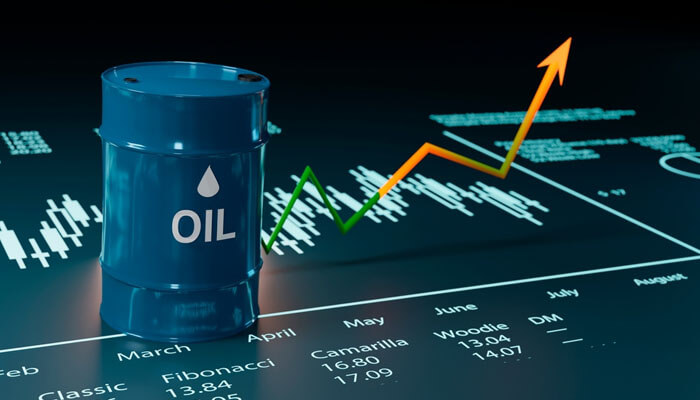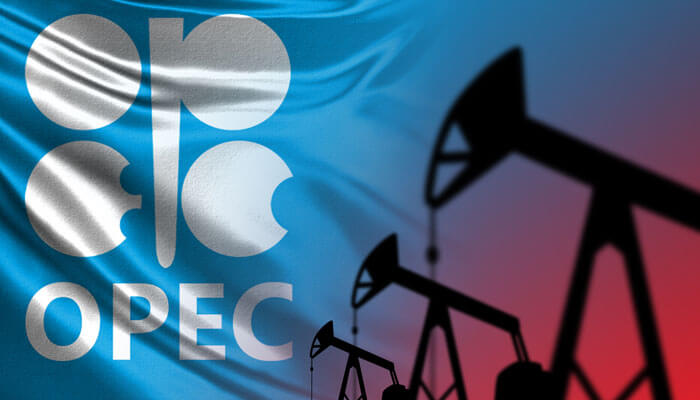Since late June, global oil prices have risen more than 16% and are on track for their sixth consecutive week of increases, the longest advance since before Russia’s full-scale invasion of Ukraine upended energy markets.
Brent crude, the global standard, fell 0.1% to $84 per barrel on Friday, but is still up 3.9% this week. This is the longest winning streak since an eight-week surge ended in early February 2022.
US oil prices are also expected to rise 3.9% this week, marking the longest rally since April 2022. As a result, US petrol prices have risen to an average of $3.73 per gallon on Friday, the highest level since mid-November 2022.
For months, fears of a worldwide recession have lingered, and China’s slow economic recovery has dimmed forecasts for energy demand. So, what is behind the rise in oil prices?
Reduced Oil Output
According to the International Energy Agency, world oil demand will grow by 2.2 million barrels per day this year to a record 102 million. However, worldwide oil output is expected to climb by only 1.5 million barrels per day to 101.5 million, according to a projection released earlier this month by the agency.
Production cuts by OPEC+, a coalition of the world’s largest producers, have exacerbated the supply shortfall.
In response to a nearly 38% drop in oil prices from their peak last year, the group, which includes the Organisation of the Petroleum Exporting Countries (OPEC), Russia, and other smaller producers, pledged in April to cut output by more than 1.6 million barrels a day through the end of the year.
According to Giovanni Staunovo, a strategist at the investment firm UBS, “OPEC+’s voluntary production cuts announced in April have been the main driver of the recent price uptick.”
Staunovo predicted that additional voluntary cuts will further tighten oil markets after Saudi Arabia, the largest crude oil exporter in the world, announced them earlier this month.
Saudi Arabia announced that it would continue to restrict output by one million barrels per day at least through the end of August. The July month was originally intended for the cut. The Gulf state will also prolong a 500,000 barrel per day output cut that was first announced in April to the end of the following year.
When combined, the cuts will bring Saudi Arabia’s daily oil production down to nine million barrels.
More Positive Economic Data
Additionally, markets are revising their pessimistic predictions for oil demand.
In spite of persistently high inflation and painful interest rate increases, several of the largest economies in the world are bucking the trend of slowdown predictions. Oil traders wager that strong demand would result from healthy economies and that the outlook for growth may improve as interest rates approach their high.
Beijing’s Stimulus
The greatest oil importer in the world might also be to blame for price increases.
Many had hoped for a significant recovery in the second-largest economy in the world after China abandoned its stringent zero-Covid policy in December. That didn’t happen, which was a factor that affected oil prices early this year.



